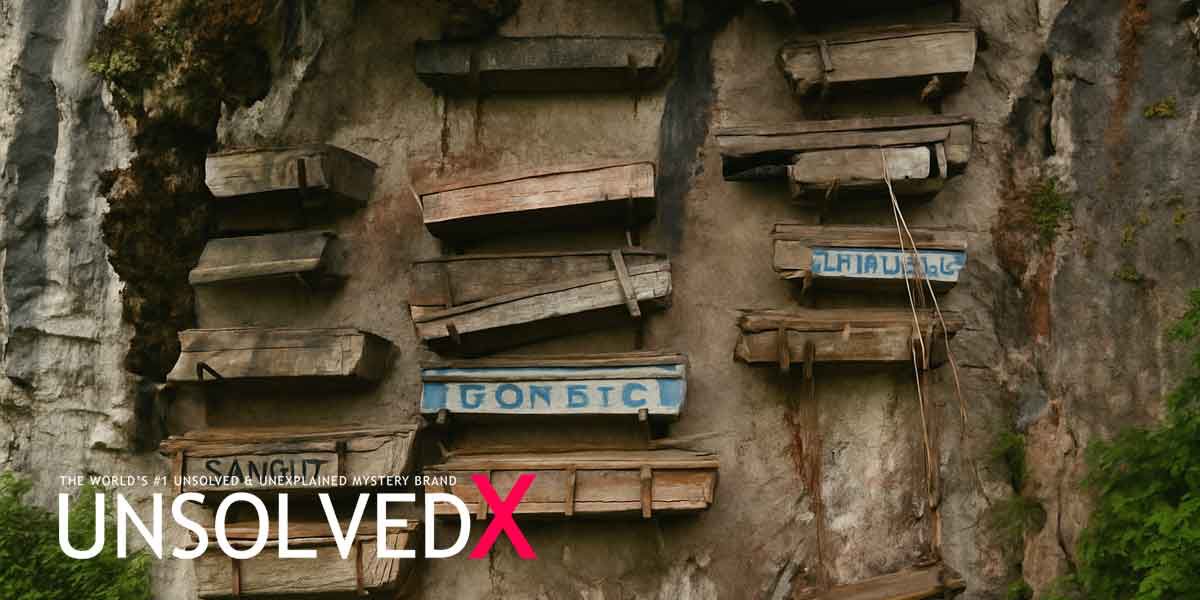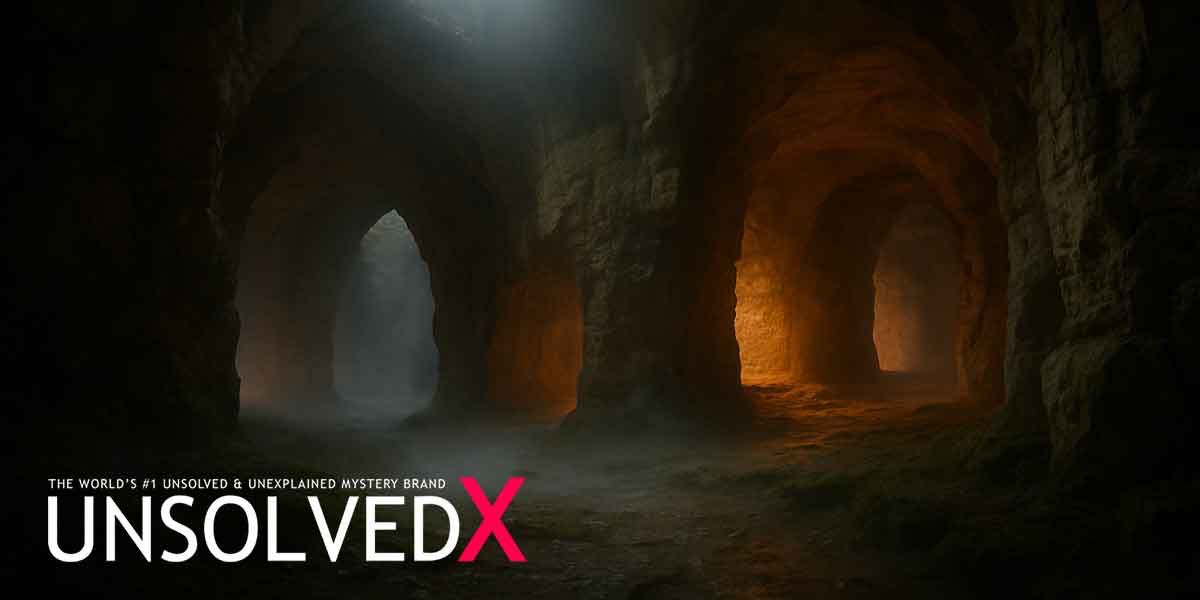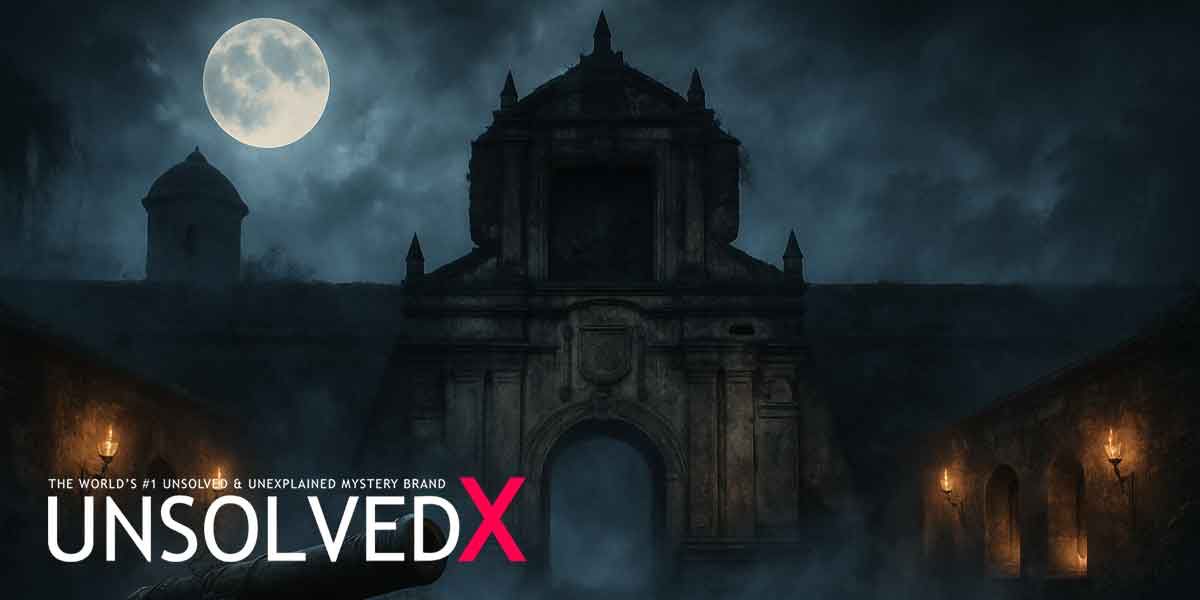A Sinister Past Forged in Blood and Betrayal
Nestled on the windswept Hook Peninsula in County Wexford, Ireland, Loftus Hall stands as a towering relic of history and horror. Originally built in 1350 as Redmond Hall during the Black Death’s grim shadow, the site has seen centuries of turmoil. It was claimed in 1170 by Norman knight Raymond “Le Gros” Fitzgerald, who built Houseland Castle, later replaced by Redmond Hall. By the 1650s, the Loftus family, English planters, seized the property from the Catholic Redmonds during the Cromwellian conquest, renaming it Loftus Hall. The Irish Times notes that Alexander Redmond defended the hall against Cromwell’s forces in 1649, using wool sacks to plug cannon breaches, a detail immortalized in the family’s 1763 coat of arms. This violent transition set the stage for the mansion’s dark legacy, with tales of betrayal and loss echoing through its walls. The current structure, rebuilt between 1872 and 1884 by the 4th Marquess of Ely, boasts grand staircases and mosaic floors, inspired by Queen Victoria’s Osborne House, though her planned visit never occurred, leaving the Loftus family bankrupt.
The hall’s history is steeped in tragedy beyond its origins. It served as a convent, a girls’ school, and a hotel in the 1980s under the Devereux family, before Shane and Aidan Quigley bought it in 2011 for €625,000, opening it to the public in 2012. Ghost tours and paranormal investigations, including a 2016 episode of Ghost Adventures, cemented its haunted reputation. Sold in 2021 for €2.5 million, it was briefly slated to become a luxury hotel under developer Paddy McKillen Jr., but by 2025, it was back on the market for over €4 million, per The Irish Times. The mansion’s shifting ownership and eerie aura make it a magnet for those drawn to Ireland’s darkest mysteries.
The Devil’s Visit and Anne Tottenham’s Torment
The most infamous tale tied to Loftus Hall is the chilling legend of a 1775 card game. During a storm, a mysterious stranger sought shelter with the Tottenham family, who were caretaking the hall. Charles Tottenham’s daughter, Anne, grew smitten with the charming visitor. One night, while playing cards, Anne dropped a card and, bending to retrieve it, glimpsed the stranger’s cloven hooves—a mark of the devil. Screaming, she exposed him, and he vanished through the ceiling in a burst of flames, leaving a hole that could never be fully repaired, according to Irish Central. Anne’s encounter shattered her. She descended into madness, refusing food and drink, and was confined to the Tapestry Room, where she died in 1775, her body frozen in a seated position, knees to chin, gazing toward Dunmore East. The Lodgers, a 2017 horror film shot at Loftus Hall, dramatizes this tale, weaving Anne’s tragedy into its gothic narrative.
The story takes a darker turn with rumors of a cover-up. During 19th-century renovations, workers found an infant’s skeletal remains hidden in the Tapestry Room’s walls, per All That’s Interesting. Some speculate Anne was pregnant, possibly by the stranger, and her family locked her away to hide the scandal. Her cemented-over grave in Wexford, unlike surrounding ones, fuels theories of a shameful secret, perhaps even infanticide. Visitors report Anne’s ghost wandering the halls, alongside poltergeist activity and a lingering “presence”. A 2014 photo by tourist Thomas Beavis, showing a ghostly figure in a doorway, is often cited as evidence of Anne’s restless spirit, making Loftus Hall a pilgrimage site for paranormal enthusiasts.
Enduring Mysteries and Modern Echoes
Loftus Hall’s hauntings extend beyond Anne’s ghost. Servants and visitors have reported doors swinging open, lights flickering, and shadowy figures since the 18th century. Moon Mausoleum recounts tales of satanic rituals during the hall’s abandoned years, drawing cultists to its dark energy. The 2011 Quigley restoration uncovered further oddities, like Masonic and Templar symbols in the architecture, hinting at esoteric influences, per The College of Psychic Studies. A 2020 virtual tour on www.loftushall.ie lets visitors explore the “Devil’s Door” and the Tapestry Room, where Anne’s presence is strongest. The hall’s 666th anniversary in 2016 amplified its mystique, with paranormal investigators flocking to the site, as noted in Condé Nast Traveler.
Today, Loftus Hall’s future is uncertain, yet its pull endures. Plans for a luxury hotel have stalled, and its €4 million price tag in 2025 reflects its allure as a historic and haunted landmark. The Irish Road Trip suggests visiting the Hook Peninsula to view the mansion from afar, as public access ended in 2020. The hall’s story resonates with other Irish haunts, like Leap Castle’s Bloody Chapel, where betrayal also bred ghosts. Whether the devil truly walked its halls or Anne’s tragedy was a human scandal cloaked in supernatural lore, Loftus Hall remains Ireland’s most enigmatic mansion, its secrets as unyielding as its storm-battered walls.










Comments
Comments section coming soon!